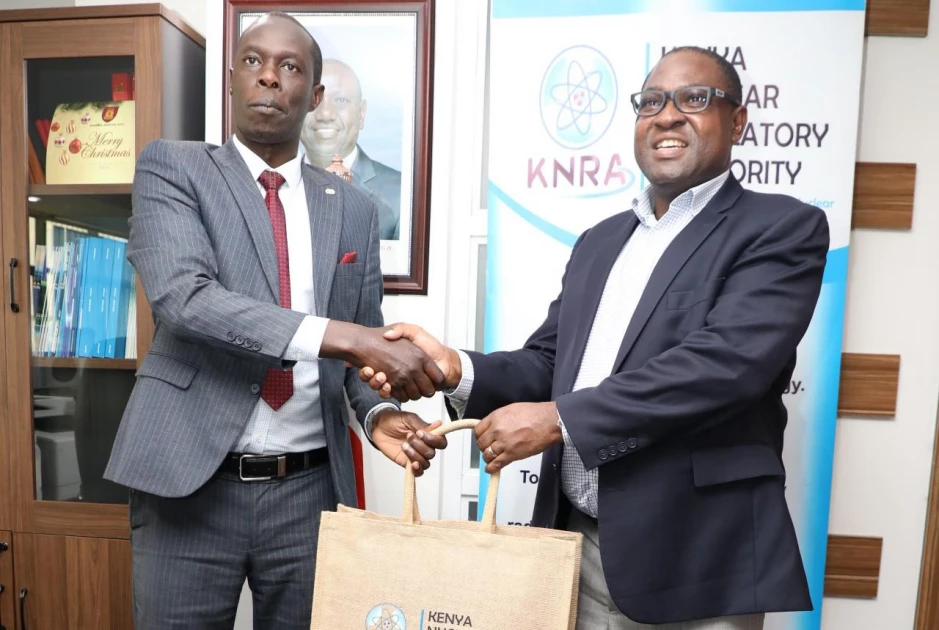Kenya Announces Plans To Establish Nuclear Energy Plant In Coast
Kenya’s ambitious nuclear energy program is moving forward, according to two State agencies (NuPEA and KNRA) , and extensive talks are taking place to make sure the deadlines are fulfilled.
Following a meeting in Nairobi over the weekend, representatives from the Nuclear Power and Energy Agency (NuPEA) and the Kenya Nuclear Regulatory Authority (KNRA) provided the assurance.
The two sister organizations promised to work together with other pertinent parties, such as the Vienna, Austria-based International Atomic Energy Agency (IAEA).
Between 2030 and 2034, Kenya intends to put its first research reactor into service. By 2035, it also intends to have its first nuclear power plant operational. More feasibility studies are being conducted, and a construction location has been found at the Coast.
Kenya thinks using nuclear energy will assist in meeting its energy needs. The estimated total installed energy capacity is made up of 863 MW of geothermal, 838 MW of hydro, 436 MW of wind, 2 MW of biomass, 173 MW of solar, and 678 MW of thermal energy. It is anticipated that the first nuclear power station will have a 1,000 MW capacity.
Director General James Keter, NuPEA CEO Justus Wabuyabo, and KNRA board chairman Omondi Anyanga discussed the regulatory framework and the sector’s future development, all of which are directly related to the two agencies’ missions.

The officials expressed their confidence that the nuclear goals will be realized within the official projection after evaluating ongoing and future efforts.
“We will guarantee that it is in compliance with international standards from the time of conception to the end, with complete safety and security measures in place. The Director General of KNRA declared, “We’re on top of it.”
“We intend to work more closely in this journey,” Wabuyabo declared, urging greater cooperation in the nuclear industry.
The discussions took place at the KNRA headquarters in Kasneb Towers, Nairobi, and coincided with advancements in Kenya’s nuclear infrastructure development, including the establishment of a new research reactor program.
A team led by the International Atomic Energy Agency visited Kenya towards the end of last year to assess the research reactor program’s preparations. NuPEA, with the sector regulator KNRA’s backing, will carry out the project.
“While we handle the regulatory framework, KNRA must collaborate closely with NuPEA, which is working to address the infrastructure difficulties. Regarding the nuclear program’s implementation, our relationship is very friendly,” Keter continued.
In addition to its regulatory function of safeguarding public health and the environment against the deleterious effects of radiation and nuclear power, the KNRA operates a CBRN risk mitigation center at its national laboratory located in Oloolua, Kajiado County.
Kenya has undertaken major preparations for the nation’s new research reactor program, according to IAEA.
